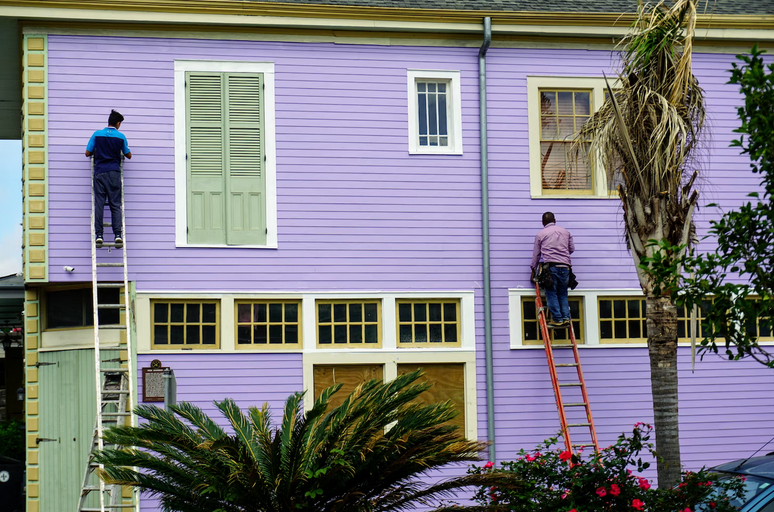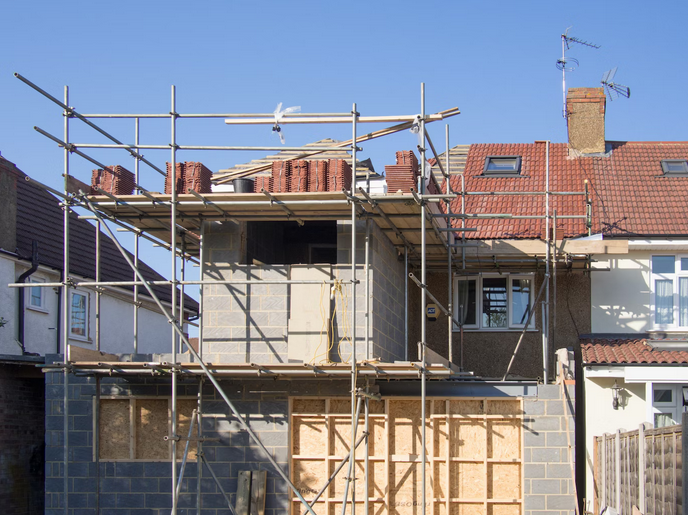Are you ready to tackle that long-awaited home renovation project? Before diving into the excitement of transforming your living space, prioritizing safety is more than important. If you sign up for Free Construction Courses | Building Your Skills In 2023, you’ll learn that DIY home renovations can be rewarding and cost-effective, but they also come with potential hazards that need to be addressed.
That’s why, in this guide, we’ll walk you through some essential safety tips to keep in mind as you embark on your renovation journey. From wearing the right protective gear to knowing when to call in the experts, we’ve got you covered.
Wear Personal Protective Equipment Essentials
When it comes to DIY home renovations, personal protective equipment (PPE) should be at the top of your priority list. Sure, you may not feel like a superhero in that hard hat or goggles, but trust us, they can make all the difference. Start by investing in a sturdy pair of work gloves. Not only will they protect your hands from cuts and abrasions while handling tools and materials, but they’ll also provide some much-needed grip.
Next up is eye protection – grab a pair of safety glasses or goggles to shield those precious peepers. Aside from that, closed-toe shoes with slip-resistant soles are crucial for protecting your feet from falling objects or accidental slips on slippery surfaces. And let’s not forget about respiratory protection.
Let the Professionals Do the Jobs That Require a Permit
 When it comes to home renovation, there are certain tasks that require professional expertise and permits. These jobs often involve electrical work, plumbing, or structural changes. If you can recognize the limitations of your own skills and know when it’s time to call in the professionals, you’ll be able to stay out of trouble. Electrical work can be particularly dangerous if done incorrectly. Hiring a licensed electrician ensures that all safety protocols are followed and reduces the chances of accidents or electrical fires. These also work the same for plumbing and structural changes. Remember, obtaining necessary permits for these types of projects is crucial for both legal compliance and ensuring safety standards are met.
When it comes to home renovation, there are certain tasks that require professional expertise and permits. These jobs often involve electrical work, plumbing, or structural changes. If you can recognize the limitations of your own skills and know when it’s time to call in the professionals, you’ll be able to stay out of trouble. Electrical work can be particularly dangerous if done incorrectly. Hiring a licensed electrician ensures that all safety protocols are followed and reduces the chances of accidents or electrical fires. These also work the same for plumbing and structural changes. Remember, obtaining necessary permits for these types of projects is crucial for both legal compliance and ensuring safety standards are met.
Stay Aware of Fumes
Speaking of respiratory protection, be sure you’re fully aware of the potential risks lurking in the air. One such danger is fumes that can be emitted from various materials and chemicals commonly used in these projects. These fumes can pose serious health risks if not properly managed. First and foremost, make sure you have proper ventilation in your workspace. Open windows and use fans to help circulate fresh air throughout the area. This will help dilute any harmful fumes that may be present. It’s also crucial to wear a mask or respirator designed for filtering out airborne particles and chemicals mentioned before.
Zone Off Living Areas

This simple yet crucial step can help ensure the safety of your family and minimize any disruptions during the renovation process. So, be sure to establish clear boundaries between the construction zone and your living space. Using temporary walls or plastic sheeting is a good idea to create a physical barrier. Make sure everyone in your household is aware of which parts of the house are off-limits during the renovation. Additionally, if you have young children or elderly family members at home, take extra precautions to ensure their safety. Zoning off living areas during a DIY home renovation project may require some extra effort upfront but will undoubtedly pay off in terms of safety and convenience in the long run.
All in all, always prioritize your well-being by following these simple yet effective tips. With safety at the forefront of your mind throughout every step of the process, you’ll be able to enjoy a successful home renovation project that transforms your space into something truly special.…
More .... DIY Home Renovation Safety Tips: A Guide to Staying Out of Trouble
 As you know, privacy is quite important in an office. For instance, it ensures meetings are conducted in a comfortable, secure environment. By installing blinds, you have the ability to control privacy. Also, a smooth operation is needed. You should ensure your office blinds are used by every person who works in the office. Also, you should not be concerned about their overuse. Moreover, you should choose office blinds that are easy to maintain. Dusting them regularly should be enough as far as cleaning them is concerned.
As you know, privacy is quite important in an office. For instance, it ensures meetings are conducted in a comfortable, secure environment. By installing blinds, you have the ability to control privacy. Also, a smooth operation is needed. You should ensure your office blinds are used by every person who works in the office. Also, you should not be concerned about their overuse. Moreover, you should choose office blinds that are easy to maintain. Dusting them regularly should be enough as far as cleaning them is concerned. There are different types of blinds you can have in an office setting. For instance, you can install roller blinds. These are recommended for office space and they are designed to allow light to enter. They are a perfect option for people who like working near windows. You can also find blackout blinds available in different materials, patterns, and colors. They are perfect for internal windows. It is advisable to install them where projectors are used. That is because they help shut out all the right. These are designed to provide total privacy.
There are different types of blinds you can have in an office setting. For instance, you can install roller blinds. These are recommended for office space and they are designed to allow light to enter. They are a perfect option for people who like working near windows. You can also find blackout blinds available in different materials, patterns, and colors. They are perfect for internal windows. It is advisable to install them where projectors are used. That is because they help shut out all the right. These are designed to provide total privacy.